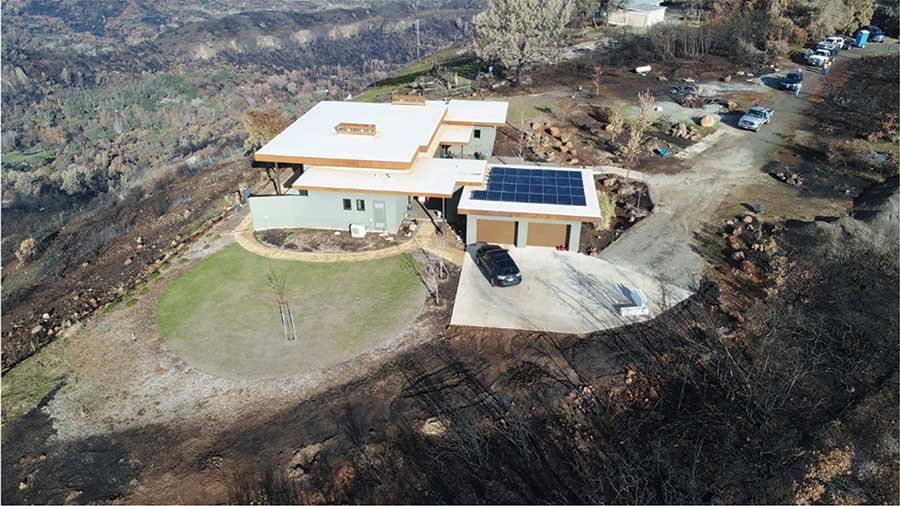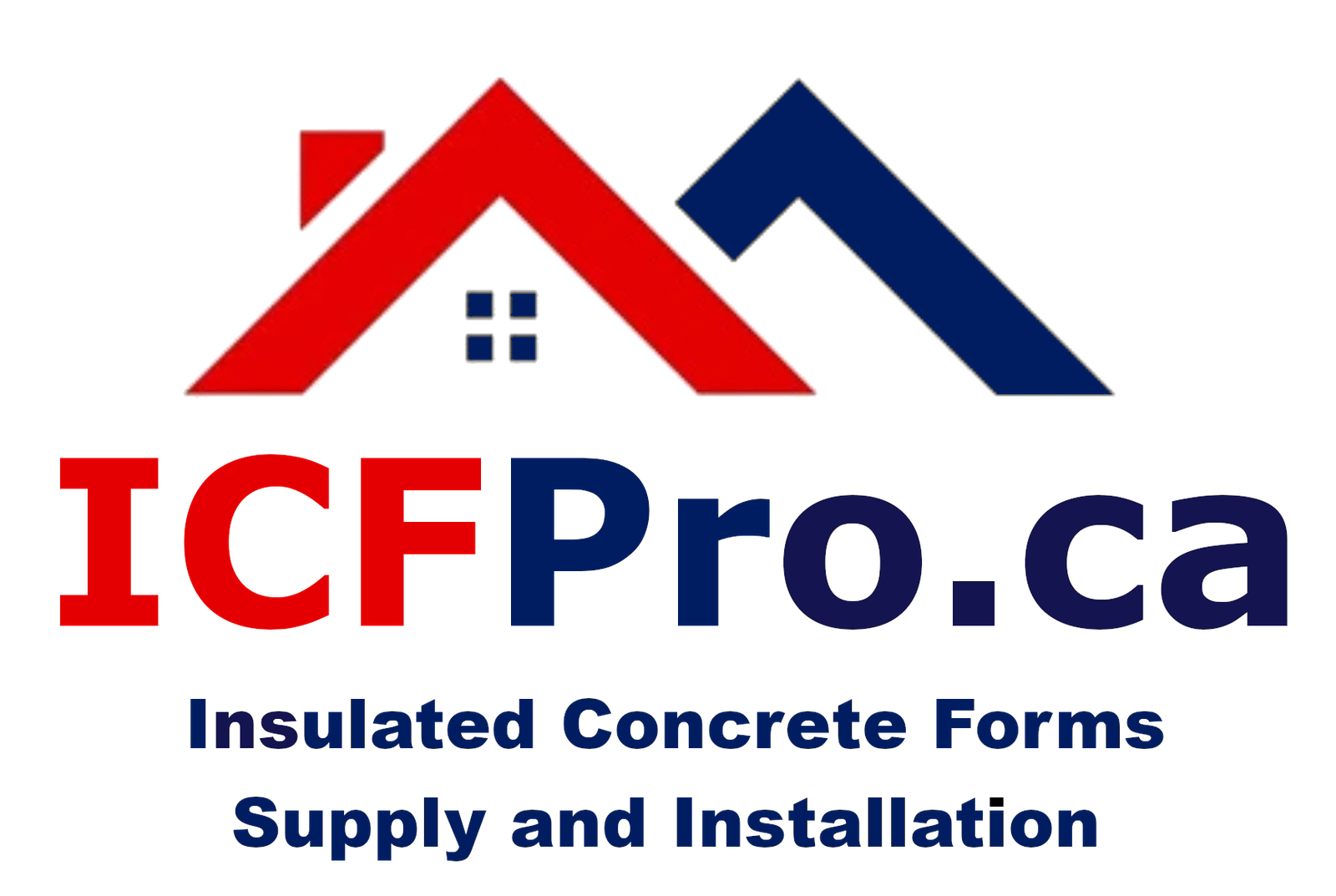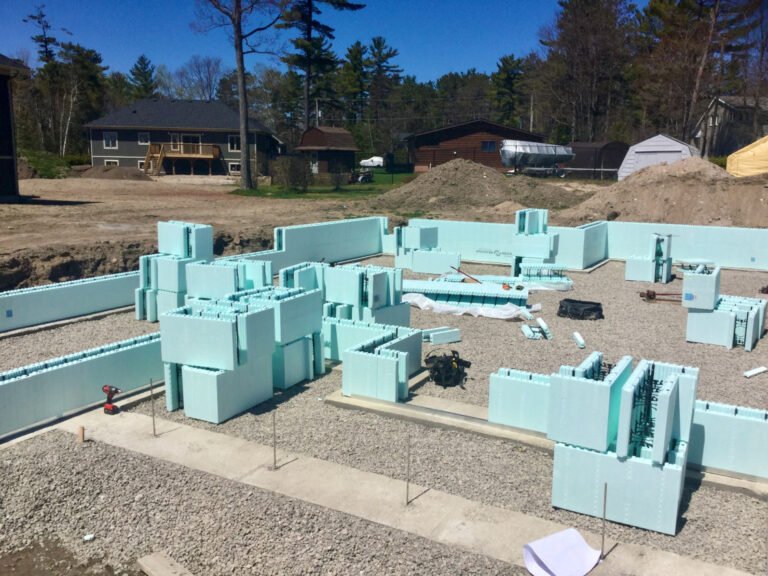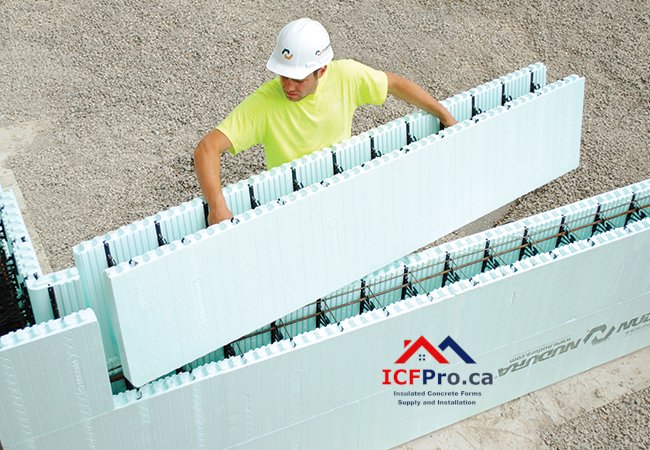ICFPro.ca is a division of ICFhome.ca - Phone 1 866 868-6606 - Direct Line 1 705 533-1633 - Email: info@icfhome.ca
ICF Home Longevity

ICF Home Longevity & Durability: Why Your Great-Grandkids Will Fight Over Your House
Let’s get real: When you build a house, you’re not just investing in your future—you’re betting on the next generation’s. But let’s face it, most modern homes are about as durable as a TikTok trend. Wood rots. Steel rusts. Vinyl siding fades faster than a New Year’s resolution. Enter ICF (Insulated Concrete Form) construction—the Methuselah of building methods. If you’re wondering, “Will this foam-and-concrete fortress outlive me?” the answer is yes. And your kids. And their kids. Let’s dig into why ICF homes laugh in the face of time, weather, and even your neighbor’s questionable DIY skills.The ICF Lifespan: Built to Outlast Regrets
ICF homes aren’t just “long-lasting.” They’re borderline immortal. Here’s why:1. Concrete Doesn’t Quit
Concrete is the Keith Richards of building materials—it ages, but it never dies.- 100+ Years: The oldest ICF homes (built in the 1970s) still look and perform like new.
- No Rot, No Rust: Unlike wood or steel, concrete doesn’t decay. Termites? Mold? Pfft.
2. EPS Foam: The Silent Guardian
The expanded polystyrene (EPS) foam in ICF isn’t just insulation. It’s a bodyguard.- Zero Degradation: EPS doesn’t break down over time. It’s the same foam in your coffee cup, just thicker and less likely to spill.
- Moisture-Proof: Unlike fiberglass or cellulose, foam won’t sag, settle, or grow mold.
3. Steel Reinforcement: The Spine of the Operation
Rebar embedded in the concrete core ensures your walls won’t pull a Jenga tower during an earthquake. Pro Tip: In seismic zones, engineers add extra rebar. Think of it as your home’s chiropractor.ICF Durability: Surviving Everything But Your Mother-in-Law’s Opinions
ICF homes don’t just last—they thrive under abuse.1. Weather Wars
- Wind Resistance: ICF walls can handle 250+ mph winds (Category 5 hurricane = 157 mph).
- Freeze-Thaw Immunity: Concrete doesn’t crack in cold snaps. Take that, Canadian winters.
- Flood Resilience: ICF walls won’t warp or rot if submerged. Just hose ’em off.
2. Fireproof(ish)
- 4-Hour Fire Rating: ICF walls withstand flames longer than most fire departments take to arrive.
- No Toxic Fumes: EPS foam is fire-retardant and doesn’t release deadly gases.
3. Pest-Proofing
Termites eat wood. Mice chew through drywall. ICF? It’s the equivalent of a “Keep Out” sign. Fun Fact: The only thing burrowing into your ICF walls? Regrets about not building sooner.The Science Behind ICF’s Staying Power
Why does ICF outperform traditional builds? Physics, baby.1. Thermal Mass = Time Capsule Comfort
Concrete absorbs heat during the day and releases it at night, smoothing temperature swings. Your HVAC system becomes a backup dancer, not the star.2. No Movement, No Problems
Wood framing shrinks, swells, and warps with humidity. ICF? Stable as a monk in meditation.- No Creaks: Floors stay silent because concrete doesn’t flex.
- No Drywall Cracks: Walls don’t shift, so your Picasso prints stay straight.
3. Airtight Armor
ICF’s seamless design locks out drafts, pollen, and your neighbor’s BBQ smoke. Less air leakage = less wear and tear on the structure.Myth-Busting: “ICF Homes Are High-Maintenance!”
Let’s squash this like a bug on a windshield.Myth 1: “Concrete Cracks Mean Disaster”
Truth: Hairline cracks are cosmetic, not structural. They’re like wrinkles—proof of character. Fix: A $5 tube of caulk.Myth 2: “Foam Degrades in Sunlight”
Truth: EPS foam is buried inside your walls. UV rays can’t touch it. Pro Tip: If your foam’s exposed, you’ve got bigger issues (like missing siding).Myth 3: “ICF Can’t Handle Renovations”
Truth: Cutting ICF is harder than wood, but not impossible. Use a concrete saw and a contractor who doesn’t fear dust.The Maintenance Lowdown: Less Work Than a Goldfish
ICF homes need about as much upkeep as a rock.1. Annual Checklist
- Caulk Check: Inspect exterior seams. Re-caulk gaps to block moisture.
- Gutter Duty: Clean ’em so water doesn’t pool near the foundation.
2. Decade-Long To-Dos
- Repaint Exterior: Not for the concrete, but for the siding or stucco.
- HRV Filter Swap: Keep that fresh air flowing.
Real-World Proof: ICF Homes That Outlived Trends
- 1970s ICF Homes: Still standing in Alberta’s -40°C winters and Florida’s hurricanes.
- 2004 Florida Hurricanes: ICF homes in Punta Gorda survived Charley unscathed while wood neighbors became toothpicks.
The Cost of Durability: Penny Wise, Pound Very Wise
Yes, ICF costs 3–5% more upfront. But let’s talk ROI:- Energy Savings: $1,500+/year (enough for a vacation fund).
- Insurance Discounts: 5–20% off premiums for disaster resistance.
- Resale Value: ICF homes sell for 5–15% more.
The Dark Side of ICF Longevity
(Yes, there’s one.)- Boredom: Your house won’t give you DIY projects to complain about.
- Jealous Neighbors: They’ll ask why your home looks new in 2075.
Final Thought
Building with ICF isn’t a choice—it’s a statement. A statement that says, “I plan to outlive my mortgage, my HOA, and climate change.” So go ahead, build a home that’ll make future archaeologists scratch their heads.P.S. If your ICF home ever does fail, it’ll probably be because you forgot to pay the property taxes.



